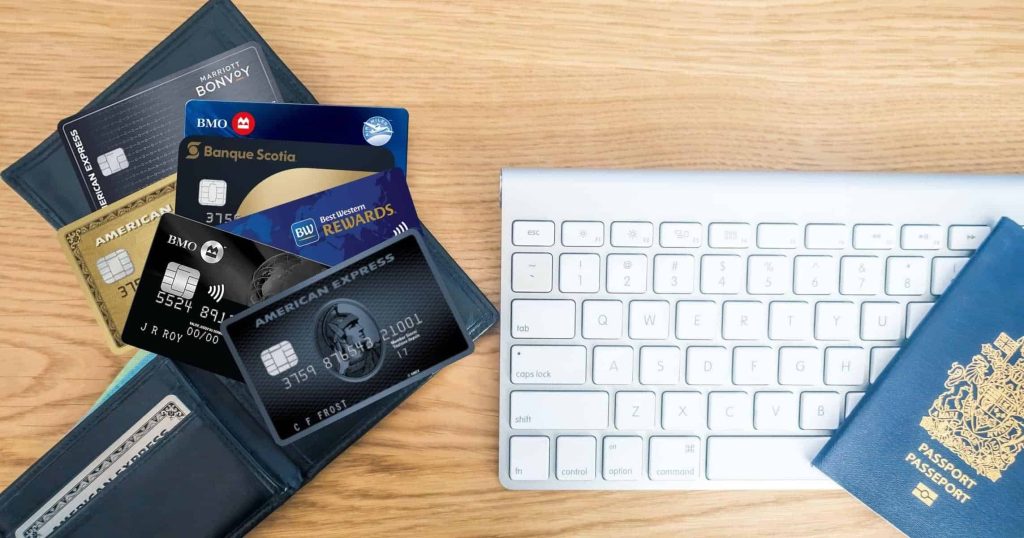You may feel that borrowing is debt, but other types of loans and additional borrowing have their payment schedule, tax impact, and credit score impact. Ideally, you want to have multiple kinds of debt in your credit report, as this indicates to the lender that you can balance your finances. A diverse credit record can also benefit your credit score.

What is credit card debt?
It is a kind of unsecured debt created by rotating credit card loans. Borrowers can get credit card debt by unlocking a large number of credit card statements with different terms and credit restrictions. All credit card tabs of the borrower are registered and followed by the credit reporting agency. The prevalence of unpaid debt in a borrower’s credit report is usually credit card debt. It is because these accounts are spinning and stay open indefinitely.
Credit card debt is reasonable for borrowers trying to purchase in arrears over time. This kind of debt gets accompanied by some of the most elevated interest rates in the industry. Nevertheless, credit card borrowers have the choice of repaying their balance monthly to save long-term interest.
How to pay your credit card debt?
There are numerous methods to get out of your credit card debt, but not all are constructed equal. If you’d like to settle your debt right away, you should evaluate the interest rate, fees, and how much you can spend before choosing the best repayment strategy. Here are a few ways of getting out of credit card debt.
- Transfer the balance using your credit card
One of the wisest ways to pay off a debt is to transfer the balance. You can move debt from a high-interest credit card to a harmonised transfer credit card that delivers interest-free for up to 2 years. Credit transfer cards often have an utmost limit of transferable debt and cannot be transferred between cards given by the same bank. Please read the fine print prior to demanding a transfer. Also, keep in mind that credit card balance transfers often require sound or good credit.
- Converge your debt with a personal loan
A personal loan can be a reasonable option for a balance transfer if you have a lot of debt. If your debt gets distributed across multiple credit cards, you can combine it into a personal loan. Also, relying on your credit score, you may be able to get a loan to wrap up your entire balance.
These personal loans deliver a designated amount of funds at a fixed interest rate for a particular period. Interest rates on personal loans are seldom zero per cent but are often lower than maintaining a current credit card balance.
- Borrow funds from family and friends
If your credit rating is low, you might face trouble qualifying for a credit card or personal loan. Alternatively, you can request a loan from your family or close friends. Before borrowing money and sticking to it, be sure to make a repayment strategy so that you do not risk harming your relationship.
- Make paying high-interest debt your primary concern
If you have more than one credit card in debt, it is usually a reasonable idea to begin playing with the card with the most elevated interest rate preferably. It is known as the avalanche method of paying off debt. In this way, you can minimize the interest you accrue and assist you to save money in the long run.

Regardless of the kind or amount of debt, the most essential thing is to keep up with your monthly payment. In this way, you can avoid meeting with collectors and avoid pessimistic effects on your credit history.